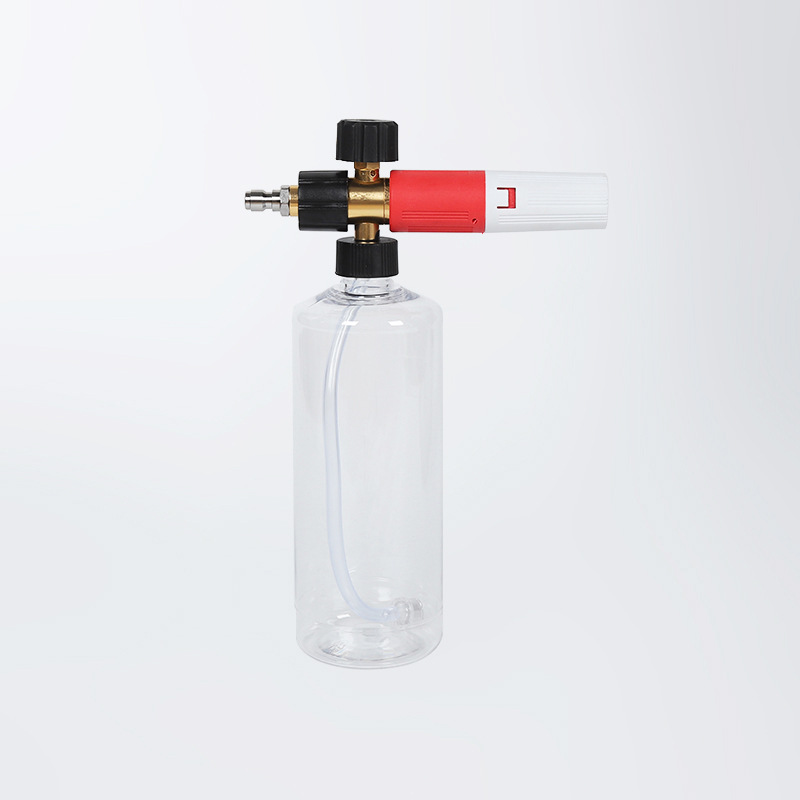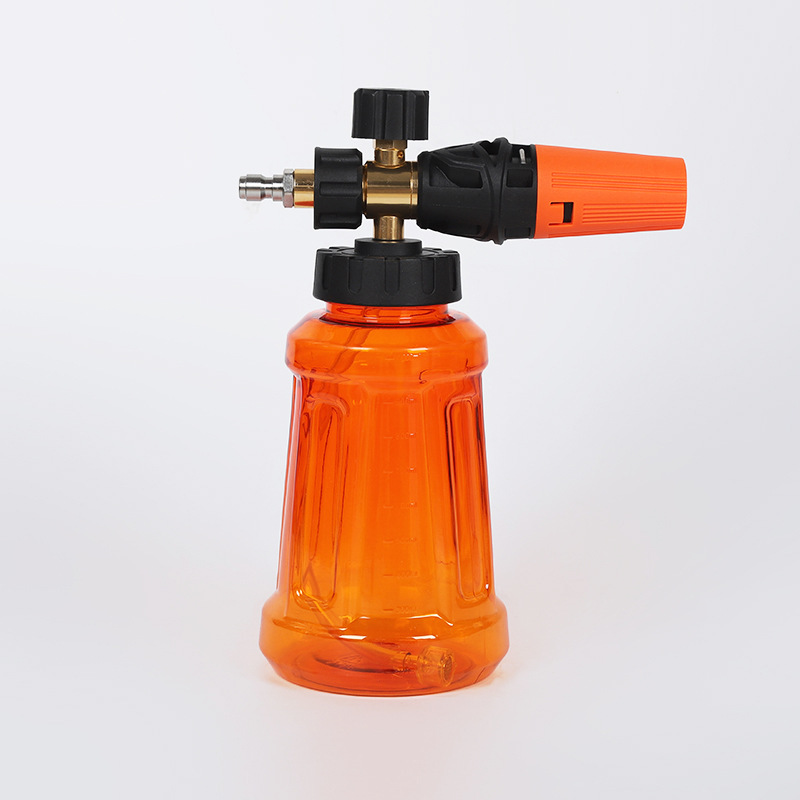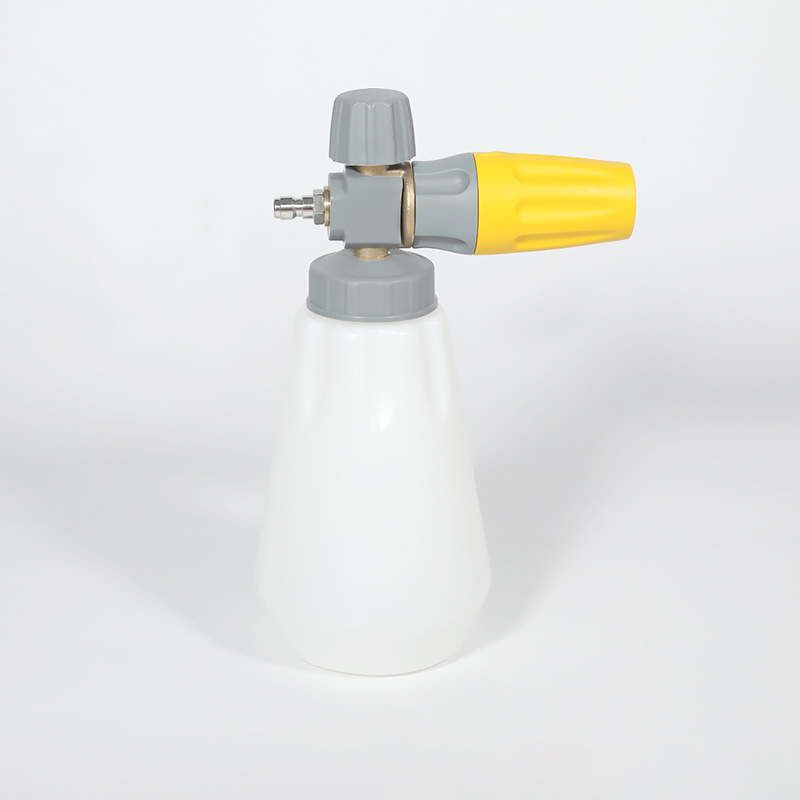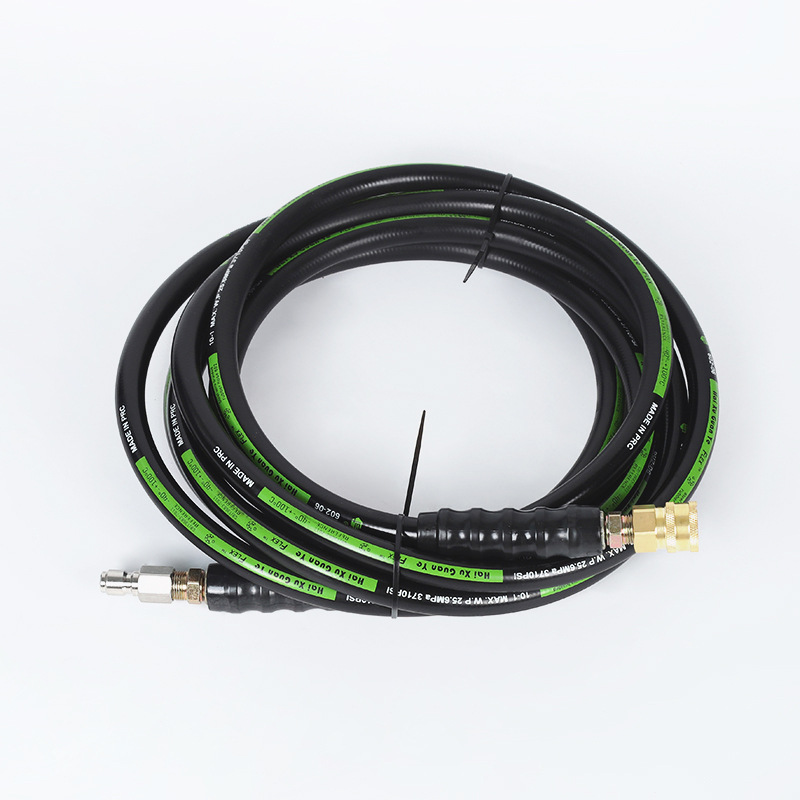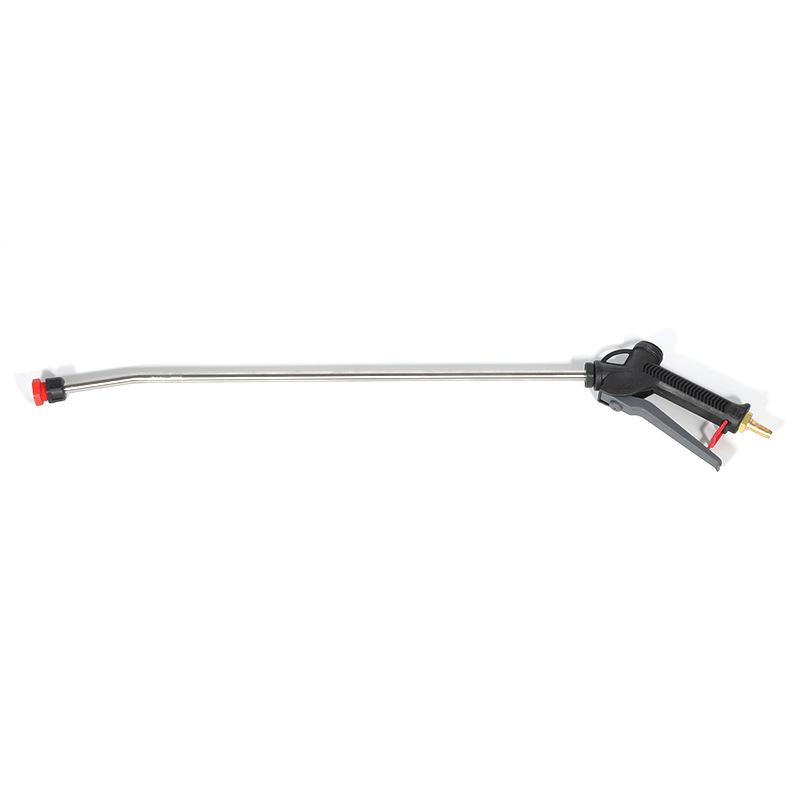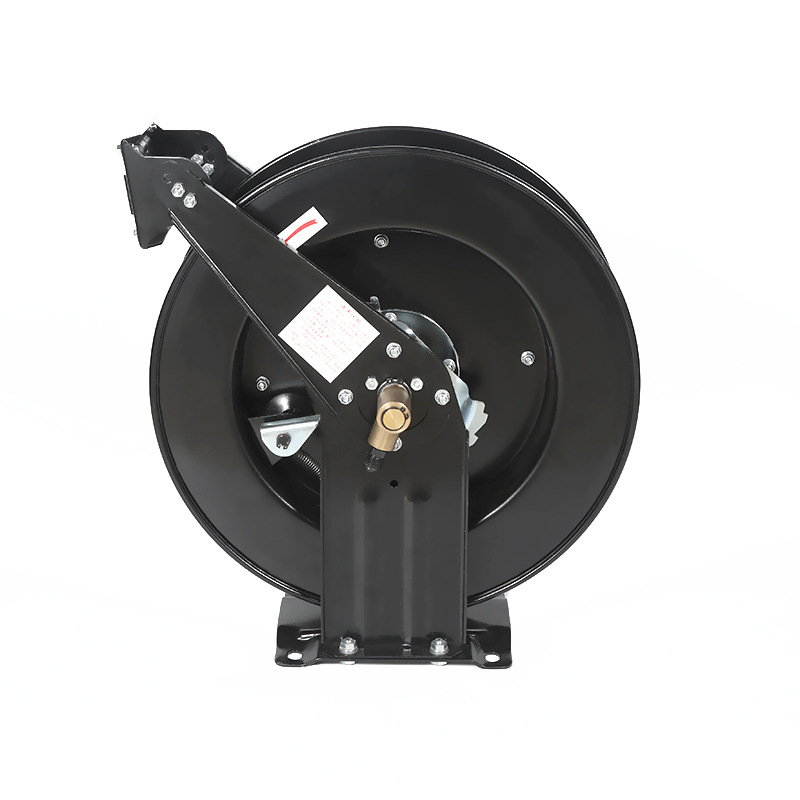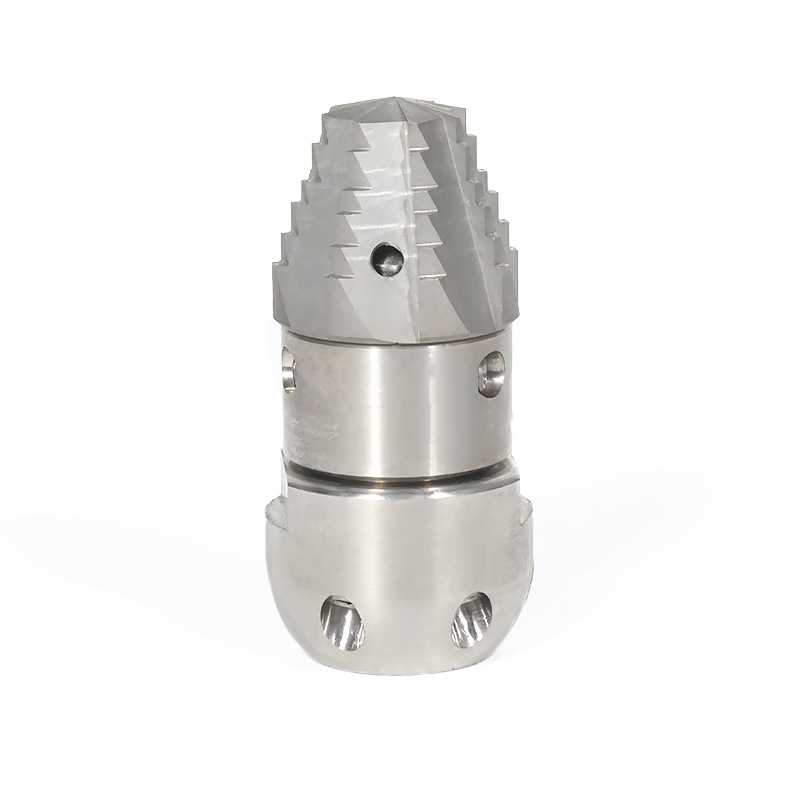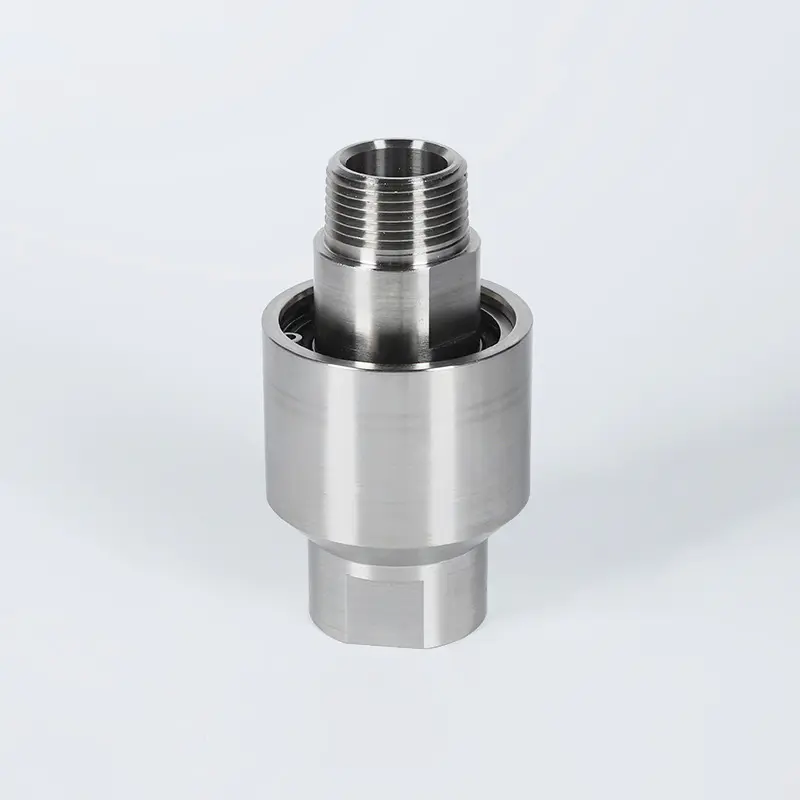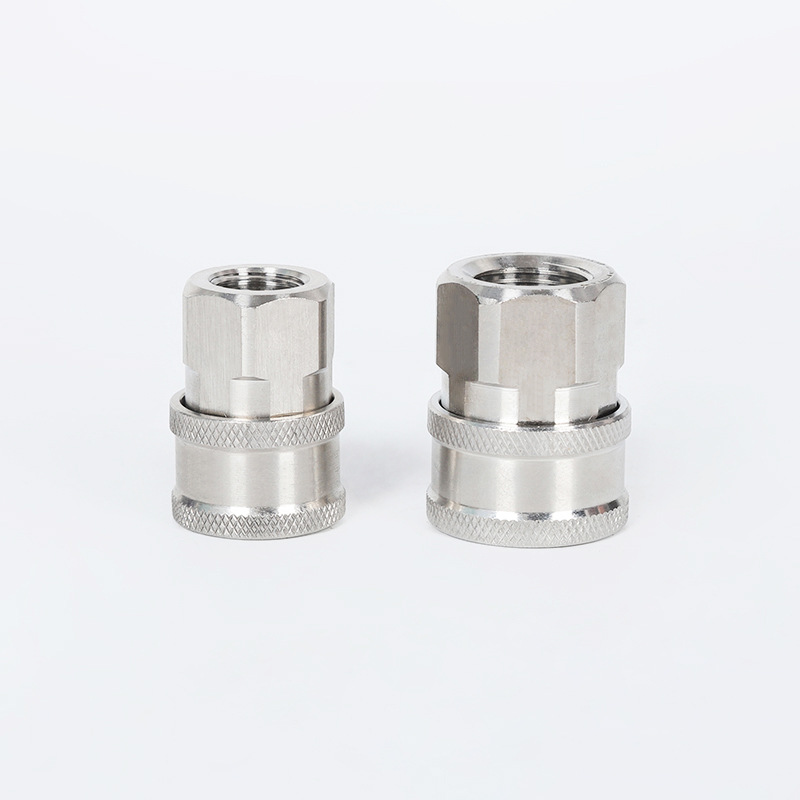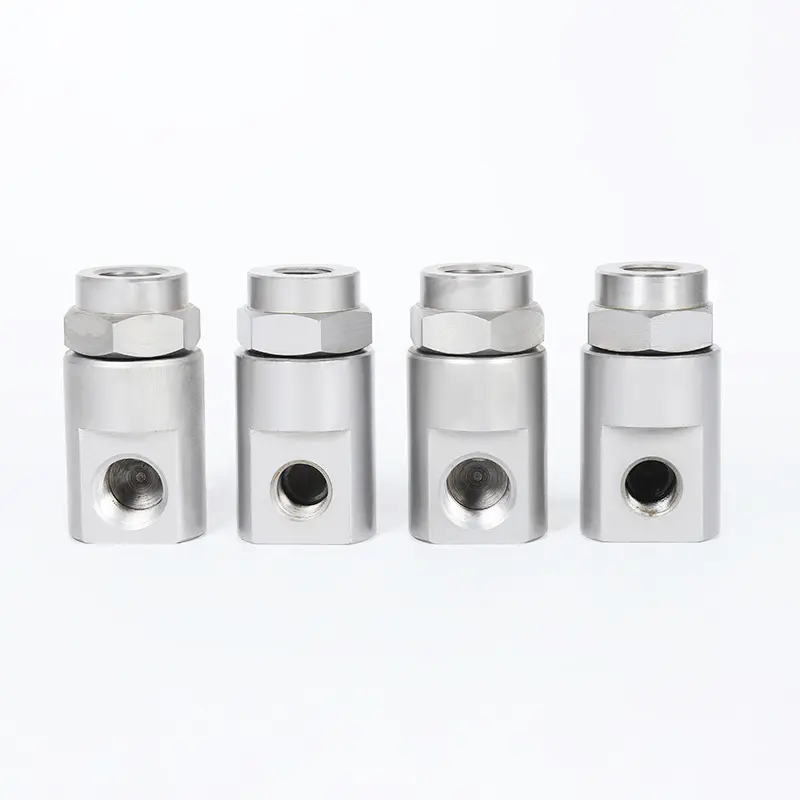The sealing performance of high-pressure stainless steel rotary joints is the key to their normal and safe operation. Under high-pressure conditions, the sealing effect of the rotary joint is directly related to the working stability and service life of the equipment. In order to ensure the sealing performance, it is necessary to start from multiple aspects such as design material selection, structural form, processing accuracy, installation and maintenance, comprehensively improve the sealing effect, prevent medium leakage, and ensure system safety.
The selection of sealing materials is the basis for ensuring sealing performance. The high-pressure environment has very demanding requirements on sealing materials. The materials not only need to have good elasticity and deformation adaptability, but also have excellent high-pressure resistance, wear resistance and corrosion resistance. Commonly used sealing materials are mostly polymers or special rubbers. These materials can form a tight fit in the dynamic sealing part of the rotary joint to prevent the leakage of the medium. Especially under high-pressure conditions, the mechanical strength and fatigue resistance of the material are particularly important. It can withstand repeated pressure changes and friction to maintain the integrity of the sealing surface.
The reasonable design of the sealing structure is also critical. Rotary joints usually use mechanical seals, lip seals or composite sealing structures to achieve an effective combination of static and dynamic sealing in different ways. Mechanical seals use springs or other preload devices to press the two sealing surfaces tightly together to form an effective sealing barrier, which is suitable for high-speed rotation and high-pressure working conditions. Lip seals use elastic lips to form pressure on the surface of the shaft to prevent medium leakage. When designing, it is necessary to fully consider factors such as the contact pressure, friction coefficient and thermal expansion of the sealing surface to ensure that the sealing structure can still fit tightly under rotation and pressure to avoid leakage channels.
Machining accuracy has a profound impact on sealing performance. The sealing surface of the high-pressure rotary joint must be processed with high precision to achieve extremely low surface roughness to ensure that the two sealing surfaces can fit closely. Any machining error or surface defect may become the source of leakage. In addition, the mechanical tolerances such as coaxiality and circular runout of the shaft and housing must also be strictly controlled to prevent seal failure due to poor installation. High-precision machining not only improves the matching degree of the sealing surface, but also effectively reduces wear and extends the service life of the sealing component.
Installation and maintenance links should not be ignored. The performance of the sealing performance depends not only on the product itself, but also on the correct installation method and reasonable maintenance cycle. Installation should be carried out in accordance with the specifications to avoid damage to the seal or misalignment of the installation, and special attention should be paid to cleaning and lubrication. Check and replace seals regularly to prevent seal failure due to aging, wear or corrosion. Maintenance work should also pay attention to the operating status of the rotary joint, promptly detect abnormal vibration or leakage signs, and take corresponding measures to ensure the continuous stability of the sealing system.
The guarantee of sealing performance is also closely related to the operating environment of the rotary joint. High temperature, high pressure, chemically corrosive media and frequent start and stop will affect the sealing system. Therefore, when designing, it is necessary to select appropriate sealing solutions and materials based on specific working conditions to avoid blind generalization and ensure that the sealing performance can adapt to various complex use conditions.
The sealing performance of high-pressure stainless steel rotary joints needs to comprehensively consider many factors such as material selection, structural design, processing quality, installation and maintenance, and working condition adaptation. Only when these links are effectively controlled and optimized can the rotary joint play a stable and reliable sealing role in a high-pressure environment, prevent medium leakage, and ensure the safe operation of equipment and systems. Through continuous technical improvement and management improvement, the sealing performance can be continuously improved to meet the increasingly stringent needs of industrial applications.





